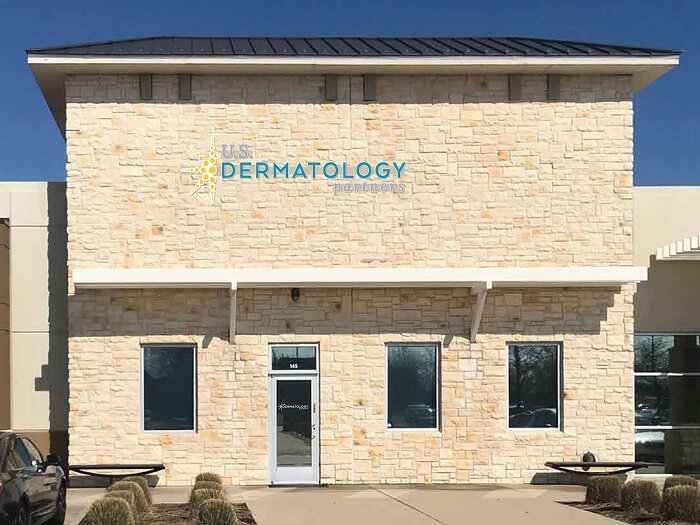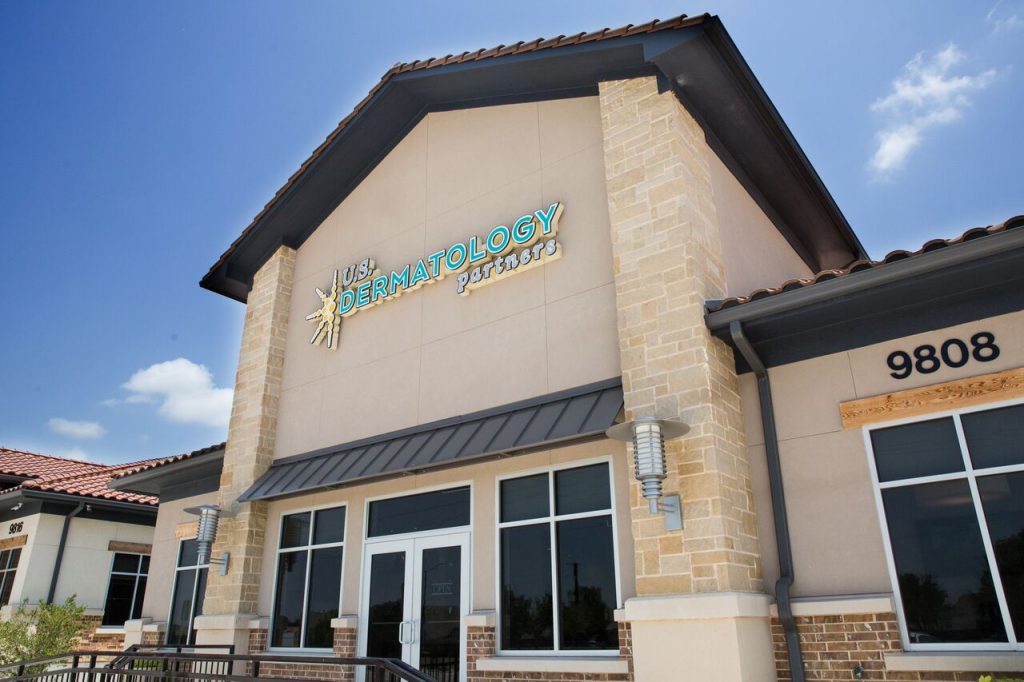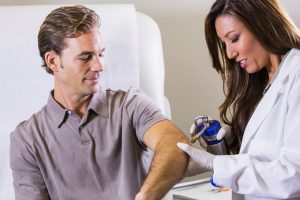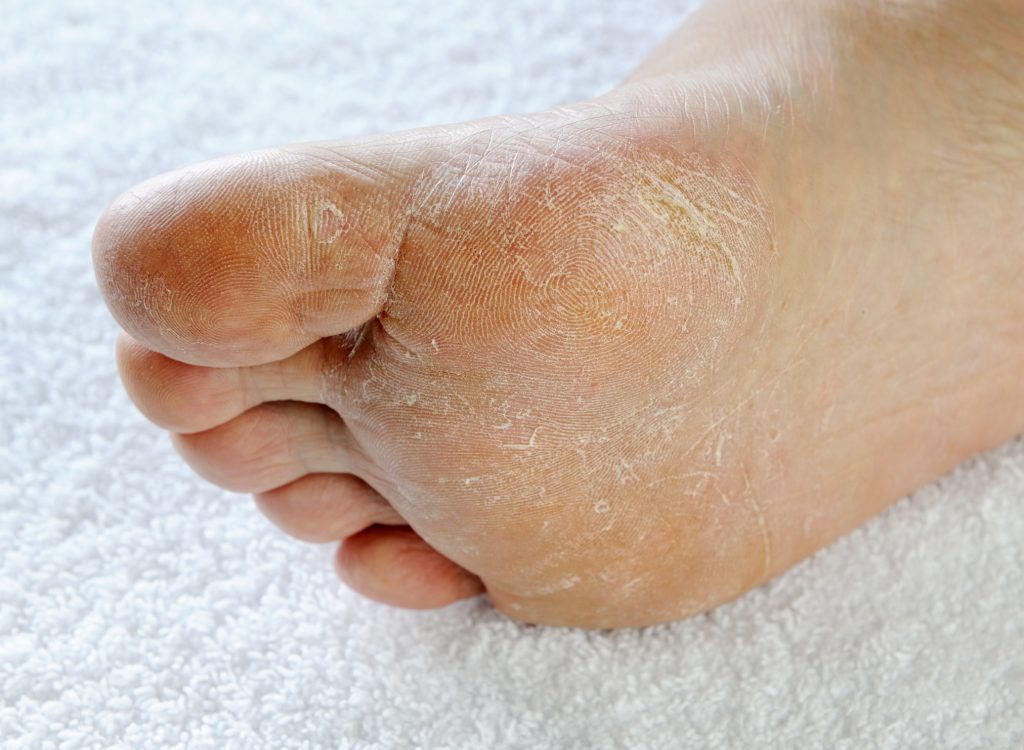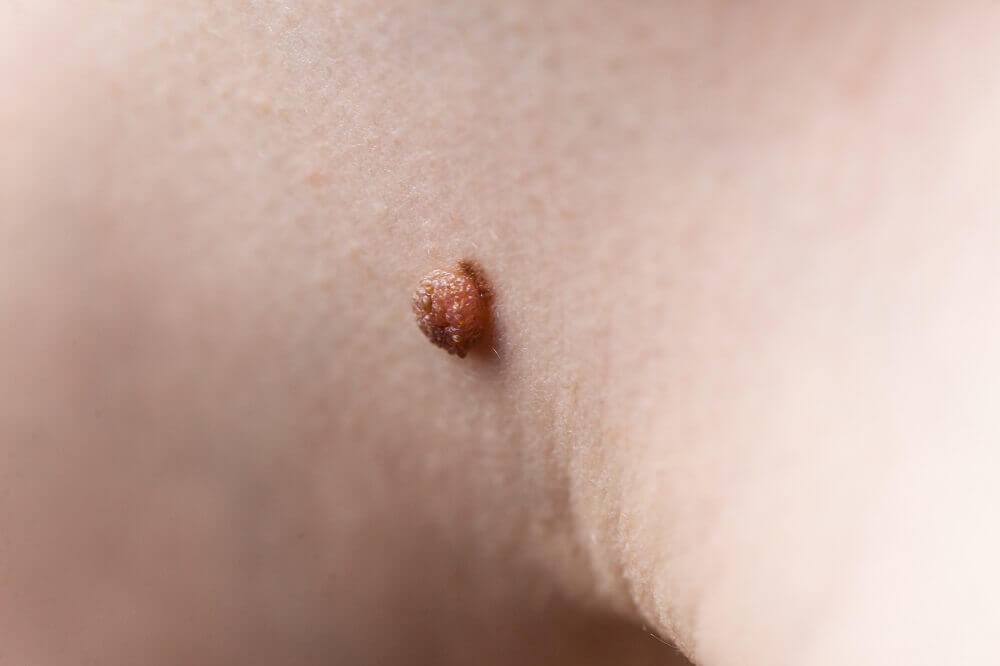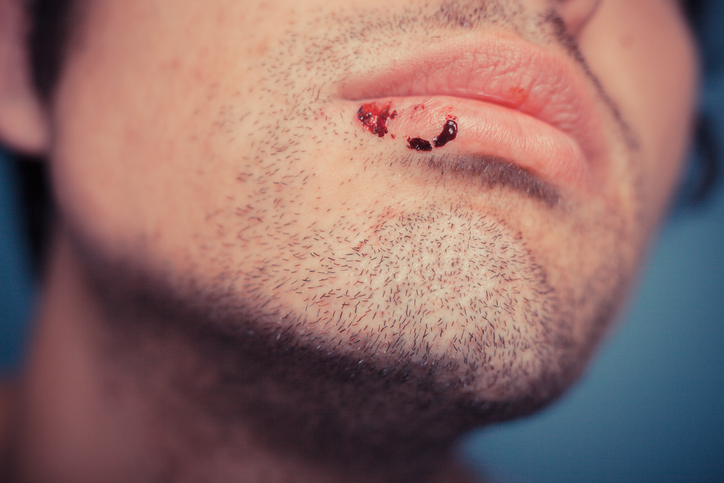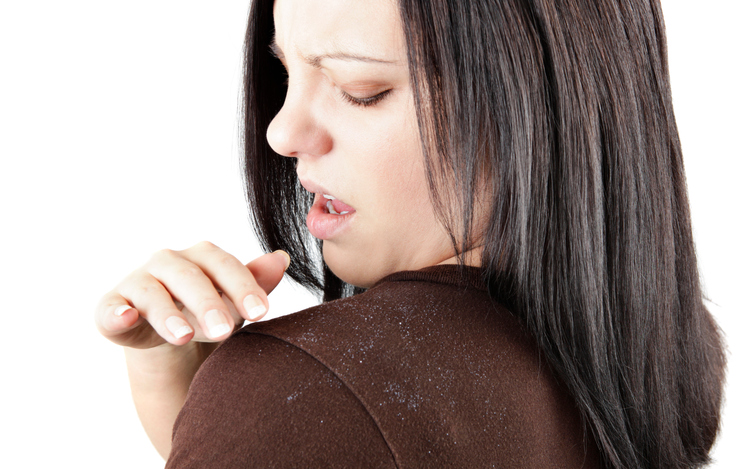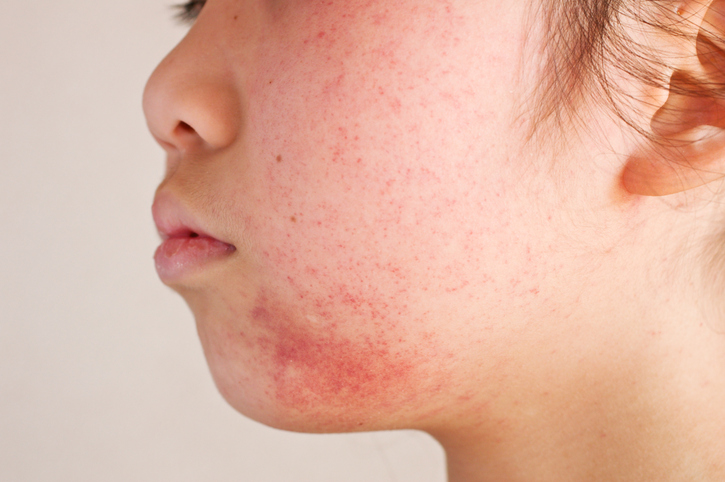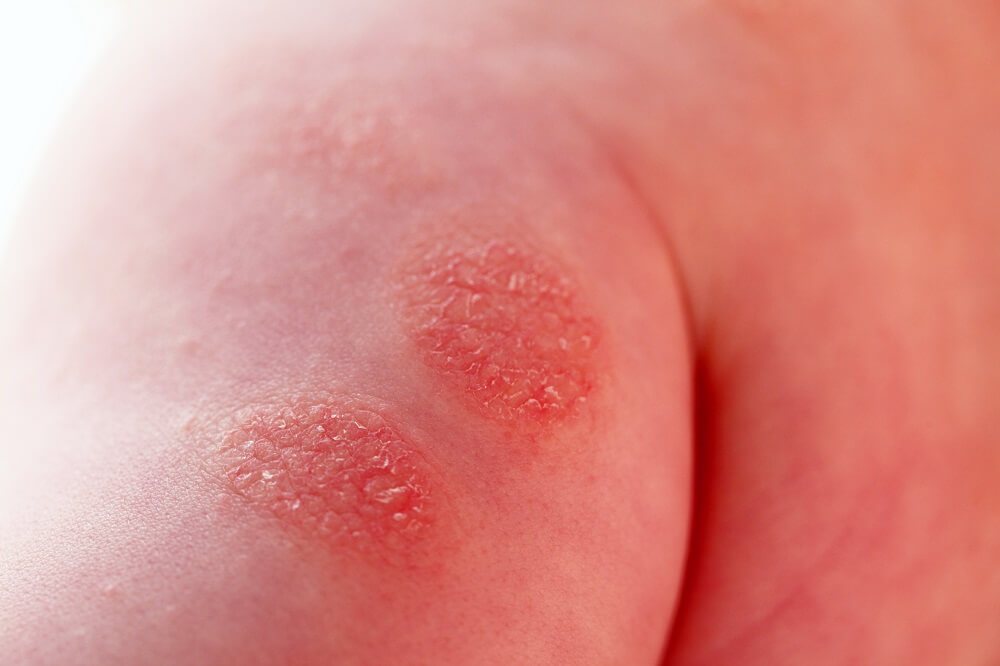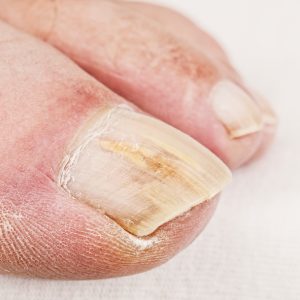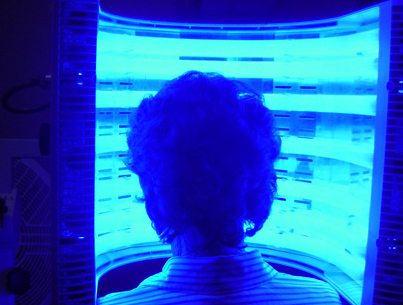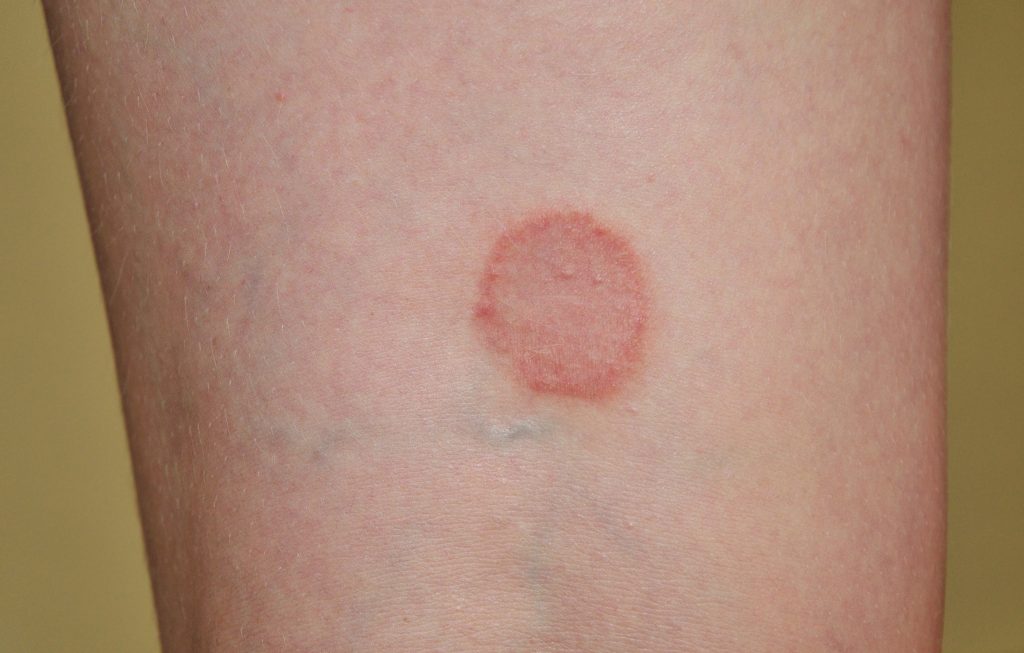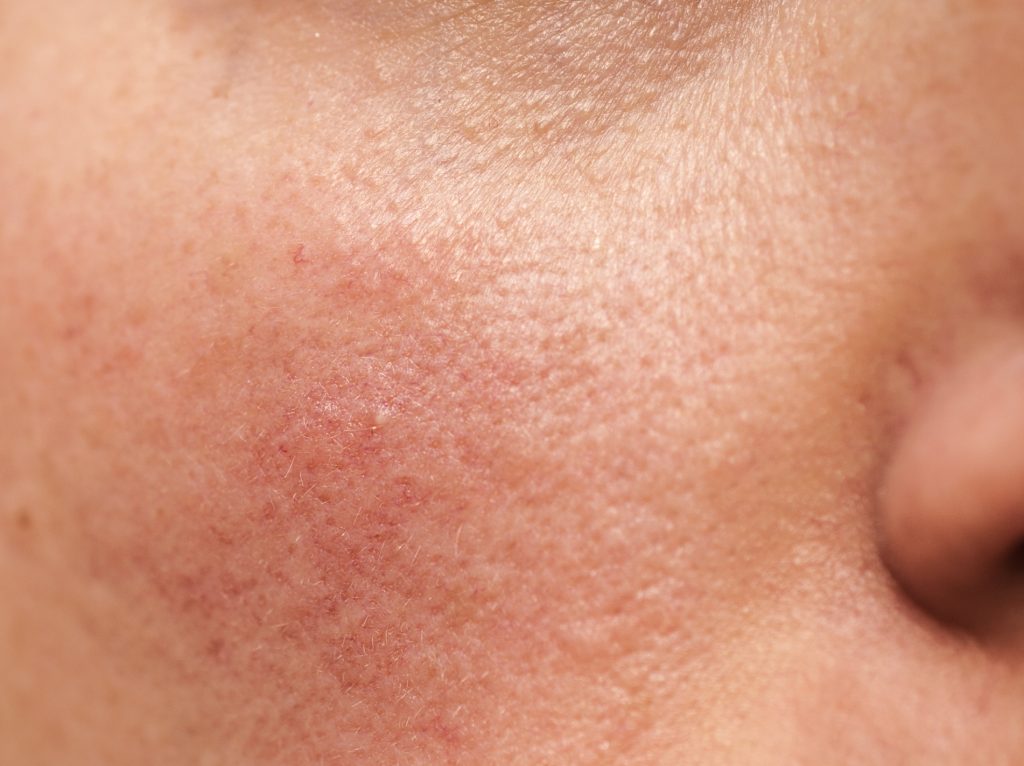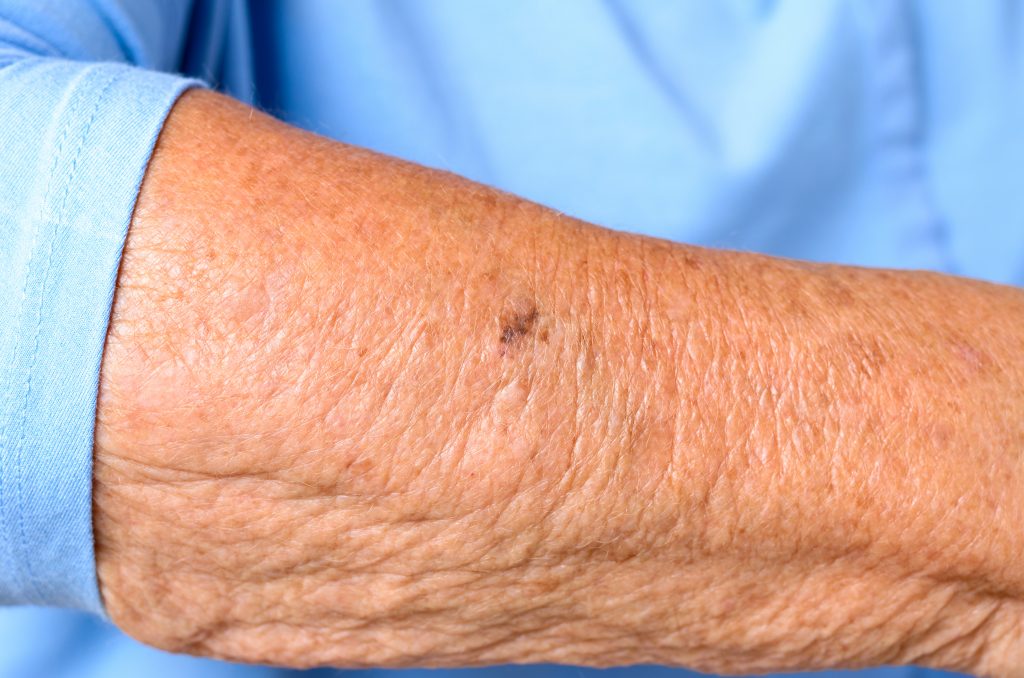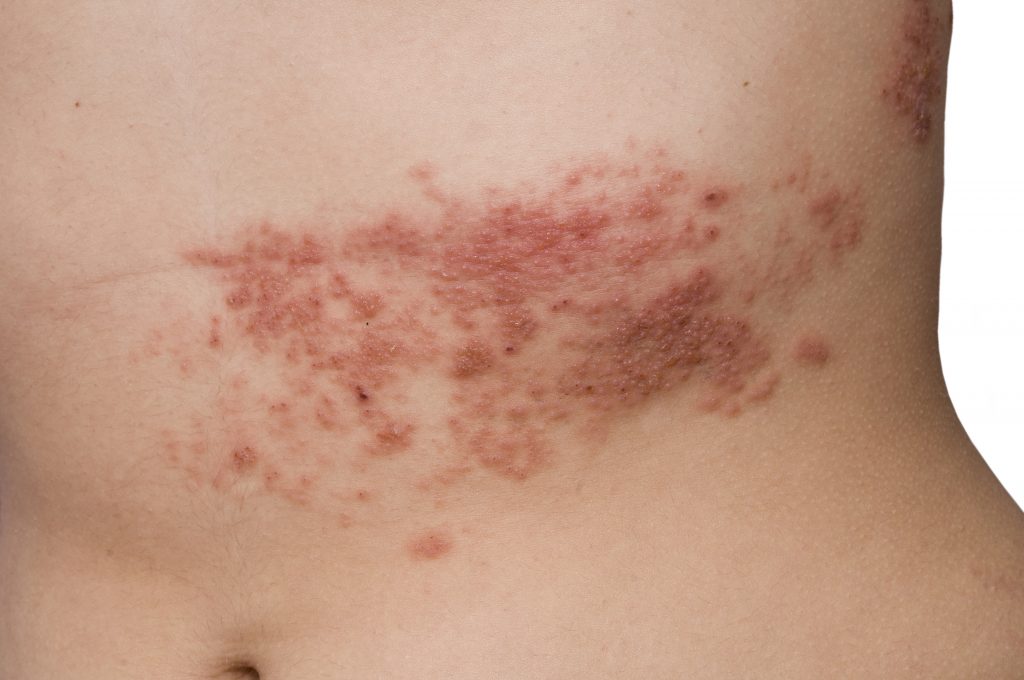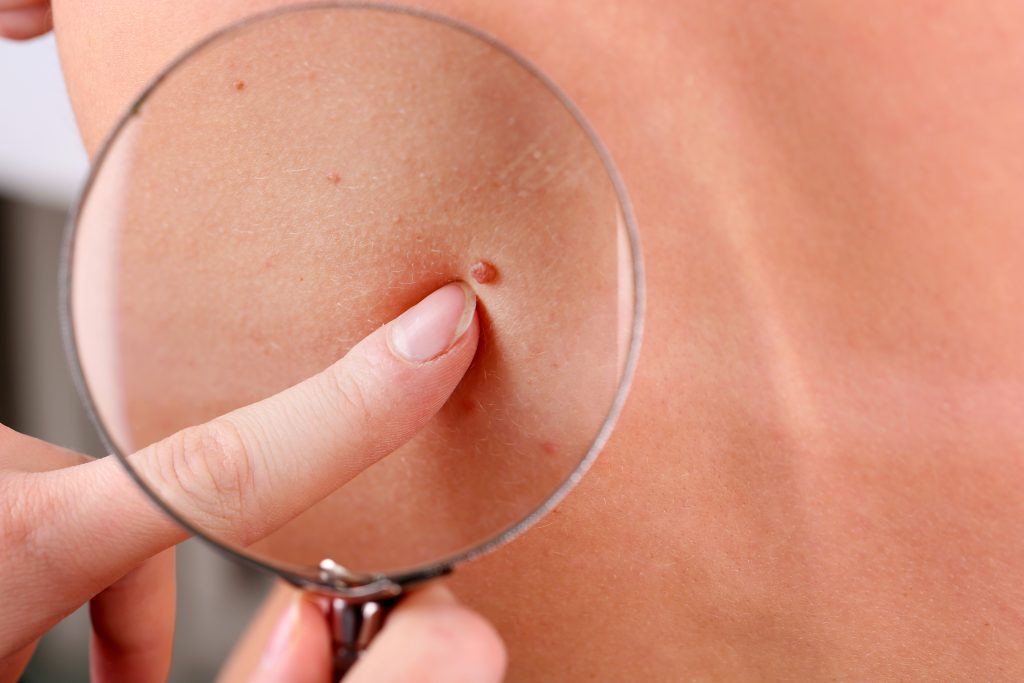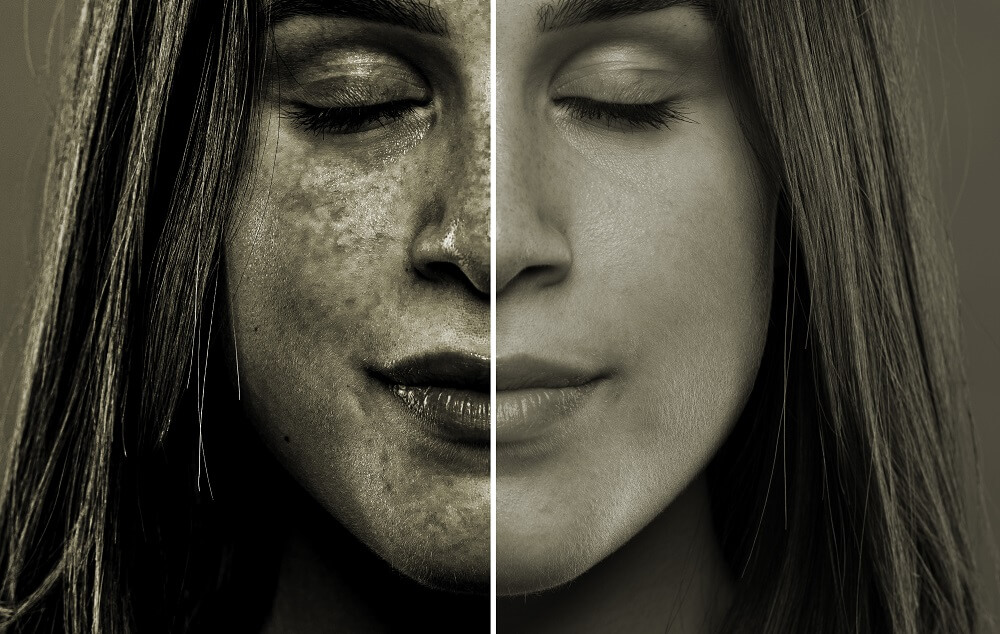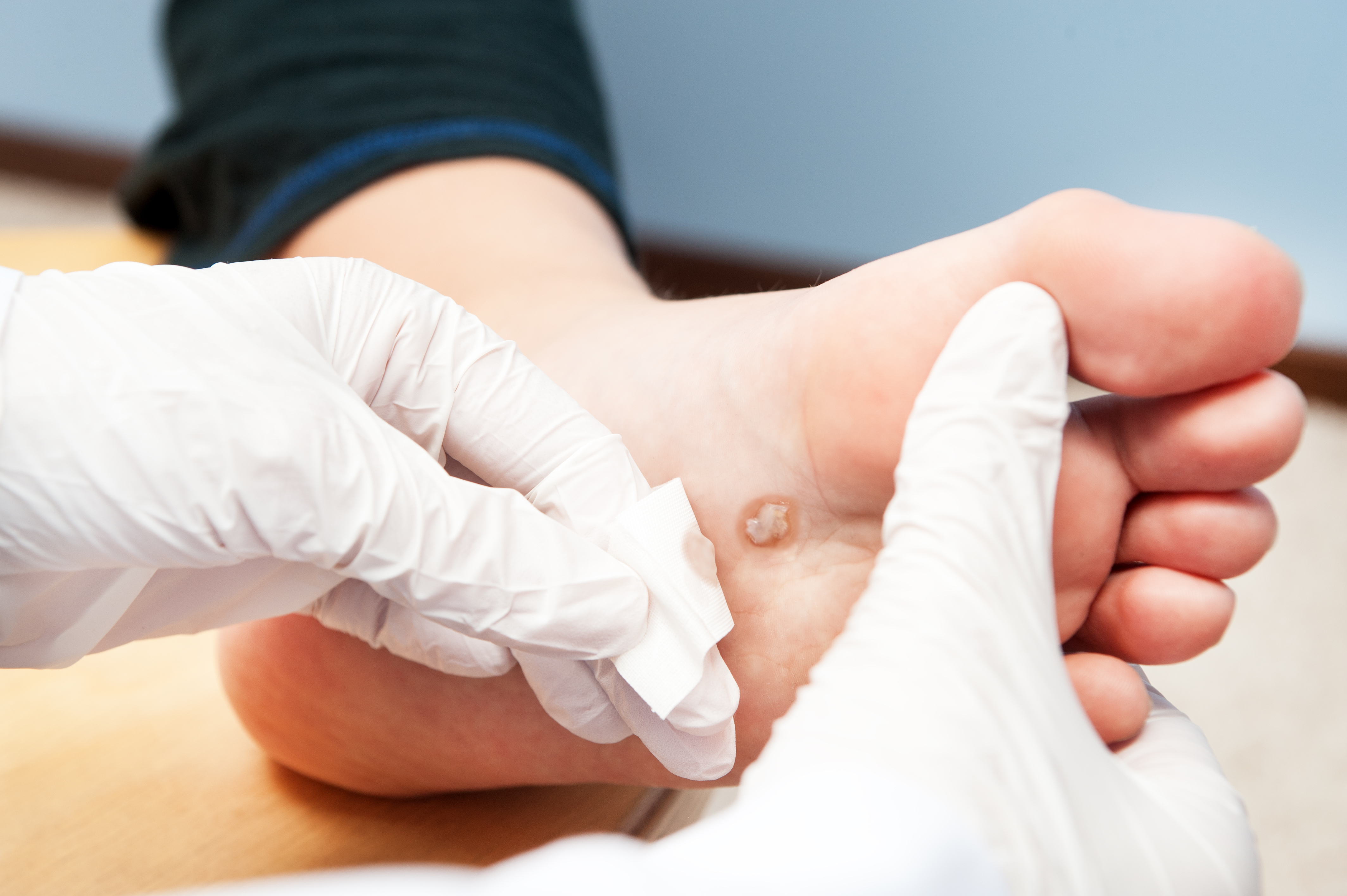Bryson earned his Bachelor of Arts degree from Utah State University and began his career working for pharmaceutical companies. He later decided to pursue a more patient-oriented career and set out on a path to be a physician assistant in dermatology, earning his Masters in Physician Assistant Studies from Shenandoah University in Winchester, Virginia. “I wanted to specialize in an area that allowed me to create ongoing relationships with people and provided me with the opportunity to make a positive impact on people’s lives,” says Bryson. He views his relationship with patients as a partnership. “I seek to establish a rapport with my patients, educate them on the issue and provide them with options for treatment”.
Bryson evaluates, diagnoses, and treats a variety of skin conditions both medically and surgically. His clinical specialty is skin cancer prevention and treatment, performing skin screenings, and providing patient education.
Fluent in Spanish, Bryson is a member of the American Academy of Physician Assistants and is a Diplomate of the Society of Dermatology Physician Assistants. After practicing in Southern California for over 5 years, Bryson is thrilled to land in the Dallas area where he provides care in our Keller and Flower Mound clinics.
Additional Languages
-
Spanish
Specialties and Affiliations
- American Academy of Physician Assistants
- Society of Dermatology Physician Assistants
- Texas Academy of Physician Assistants


